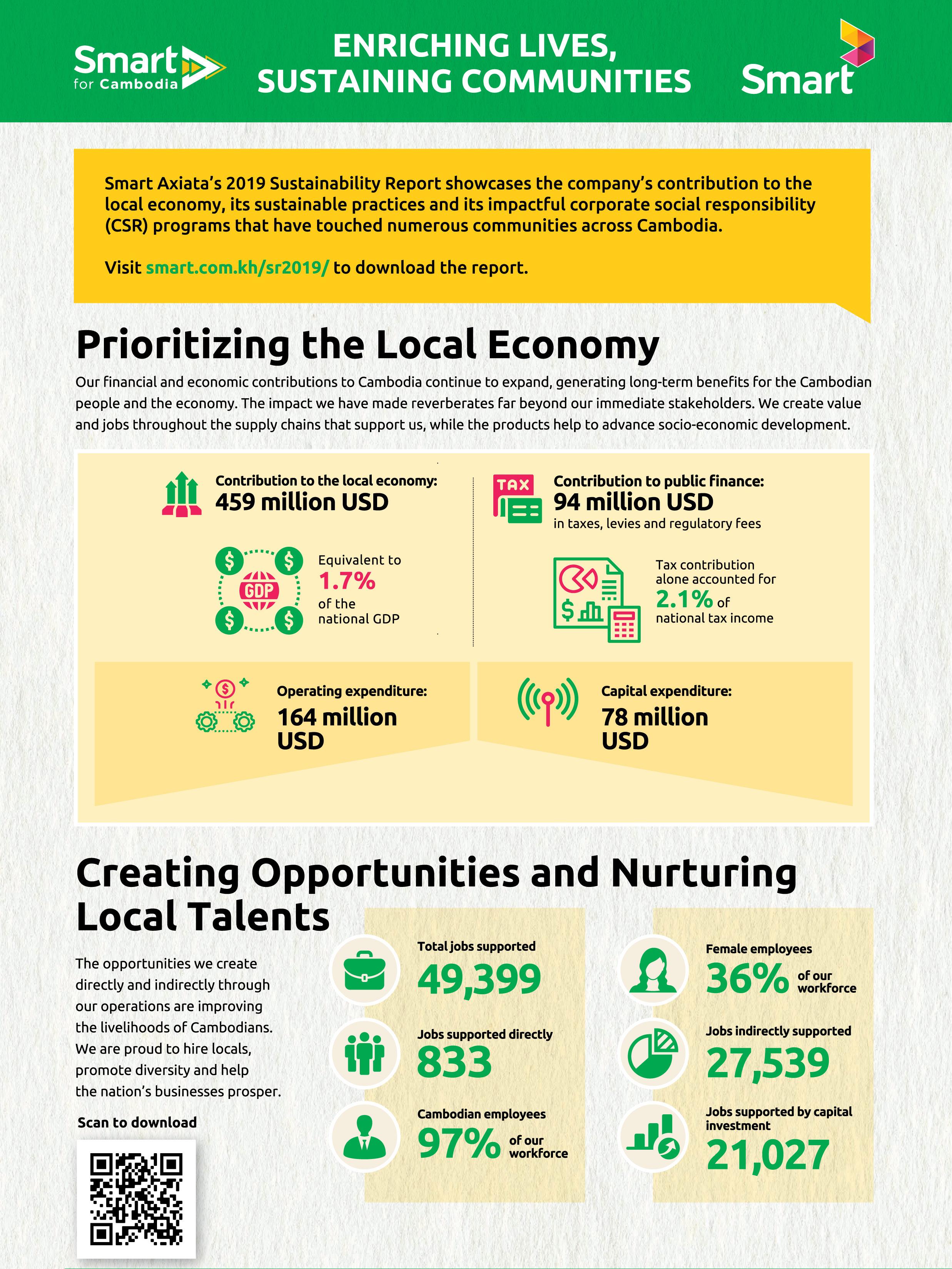
6 minute read
Leadership and management in a WFH world
Although many of us will have settled into some kind of groove, having worked away from the office for the best part of a year, there are still numerous challenges that businesses and their workforces face in this new reality.
One particularly pertinent challenge is the one faced by people managers, especially those managing virtually for the first time. How can you ensure productivity from those in your charge when you don’t have direct oversight? How do you have those more difficult conversations over a video call? Some of your team may be handling remote working better than others, so how differently should you be handling them day-to-day?
For the majority of businesses these will be questions they’re still grappling with. When the pandemic hit, we happened to be in the fortunate position of being a remote-first business, where 60% of our nearly 700 employees were already working from home. As a result, the uptick to 100% was far less taxing for us. In seven years of working from home, we’ve learned a lot about managing teams remotely, a few of which may help leaders who are still navigating the transition.
Keeping communication channels open to build trust
Leading a remote team is wholly different to the usual, in-office set up. Strict hierarchy, and any notion of presenteeism do not translate well into the remote working environment. You have to accept that your employees’ domestic life will necessarily overlap with their professional one.
Leading a virtual team requires trust and a philosophy of work based on results, and managers need to learn to give them more freedom to do work on their own terms, as long as they produce the intended results.
Building trust is best managed with regular communication. Frequent written communications from leaders regarding strategy, objectives, and organisational learning is crucial. It’s natural when working remotely for team members to isolate themselves and get wrapped up in their own workload. Managers need to help their teams understand how their work impacts on the broader corporate objectives. At Auth0, we adopted and adapted a technique created by Google called ‘Objectives and Key Results’ (OKRs)1 to enable this.
Now more than ever, make it a priority to regularly check in with your employees and always be up to date and aware of what their needs are. One of the first initiatives we kicked off in an effort to do so was our Slack ‘Coronabot’. This is a tool we integrated with our main form of communication that allows employees to self-identify if their work capacity was impacted by the pandemic. Another way that we tried to better understand the concerns and needs of our employees was holding listening sessions. From these listening sessions, we’ve rolled out a couple of initiatives to combat burnout, including Slack-free weekends and no internal meeting Fridays.
Make flexibility a priority
As the worlds of home life and work life collide, the traditional ‘9 to 5’ workday needs to evolve. Leaders need to encourage their team to devise their own schedules and complete work at those times when they’re most productive.
If in doubt, ask your employees how best you can help and trust that their answers will be honest. In our own experience we saw a need for a different approach when it came to supporting our employees who are caregivers. With childcare much less accessible, caregivers are doing double duty. We rolled out a survey to these individuals to hear directly how best we could support them and used the feedback to plan future programmes and supports.
We have encouraged these employees to take advantage of flexible working hours, should they need to adjust due to the pandemic, and are using tools like Clockwise or Slack that allow our employees to set their working hours and snooze notifications when they’re offline. This alleviates the pressure to respond, and we’ve found employees are actually happier and more productive this way, especially if you have a team spread across several time zones.
Put your culture front and centre
When you work remotely interactions between management and staff become increasingly transactional. Leaders need to avoid making decrees without explaining the reasoning behind them, and the thought process that led to them. Failure to do so can create a secondary culture within the workforce composed of rumours and hearsay, which can lead to mistrust.
Leaders therefore need to firstly be clear in the reasoning for their decisions, but also explicit about the culture they want to create. Your corporate culture must be written down and communicated frequently so employees can use them to guide their everyday work.
This is particularly beneficial for multinational companies spread across geographies and timezones and encompassing multiple cultures. Whether your teams are based in Singapore or San Francisco, they all have a code of conduct to adhere to This is crucial for dealing with conflict in a productive way and creating teams that collaborate and respect each other.
Create virtual spaces to socialise
Leaders mustn’t forget the more pastoral benefits of the workspace. Spontaneous water-cooler chats may seem trite, but they’re an essential means of colleagues building rapport and learning about one another’s lives outside of work.
Socialising should not disappear when you transition to remote work. That would be bad for business, productivity, and employee wellbeing. Instead, I would encourage you to get creative and use different functionalities of the collaboration tools you’re probably using daily. We use Donut within our Slack channels, that randomly pairs three employees together and schedules them for a meeting. The intention is to bring employees together that otherwise may never interact and have them connect on topics beyond the workplace, such as life, family, etc. Donut has been a fantastic aid in keeping our distributed workforce feeling connected. We’ve also utilised the results of both our semi-annual engagement survey and more frequent pulse surveys to give us insight into how effective these engagement programmes have been and where we could tweak them to make them even better.
Don’t neglect security
Security should always be a top priority, especially especially as people are logging into more services remotely. Your business’ IT and Security teams should have set up multi-factor authentication as the minimum standard. As new apps are connected to better enable any of the measures described above, your IT teams and managers should also be educating their teams about the access thirdparty providers have to their data.
Managers have a crucial role to play as evangelists of security best practice. They should be monitoring whether their teams are completing their security awareness training and, if new apps or technology are being introduced, ensuring that the appropriate channels are open for them to ask questions. The pandemic has been a lucrative time for cybercriminals, who have taken advantage of some lapses in security best practice. Ensuring security is everyone’s business, but it starts from the top.
Building for the future
For many businesses the move to remote working will have been, and is continuing to be, a difficult transition. Admittedly, remote work is not a perfect substitute for personal communication. When circumstances allow, we would recommend managers meet with their teams in-person at least once a year. managers meet with their teams at least once a year.
However, even whilst the pandemic still hampers our ability to travel and meet face to face, it is still possible to have a distributed team that is productive, collaborative, and happy. If leaders take the time and make the effort to foster a culture built on trust, it will open up opportunities for you in the long-term, no matter what that future may be.

Carolyn Moore SVP of People Auth0
1
Re:Work - Guide: Set goals with OKRs. (n.d.). Retrieved January 05, 2021, from https://rework.withgoogle.com/guides/set-goals-with-okrs/steps/introduction/












